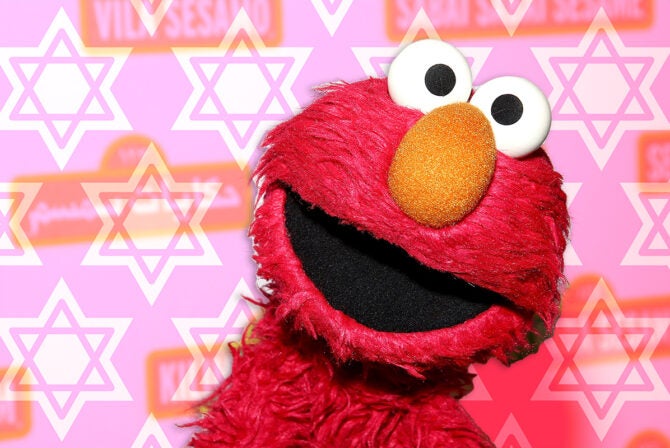After teaching fourth grade for 15 wonderful years, I learned that I would be transitioning to preschool and kindergarten a year ago. I had grown accustomed to spending my days with students who could tie their shoes and write a decent paragraph. Now, I worried that I would be managing bathroom accidents and attention spans shorter than my freshly bitten nails. I did not feel prepared.
I knew how to operate the fourth-grade vehicle, but my first day in kindergarten left me searching for one of those gravel off-ramps I grew up seeing on the side of 81. I’ll spare you the details, but the first few minutes included an “I’m bored,” and the day ended with a student doing cartwheels across the classroom floor, nearly kicking one of her classmates in the head.
I survived the final bell and made the first of what would become daily phone calls to my dear friend Sinead, a veteran kindergarten teacher and an expert at finding silver linings. “In September, it’s like herding goldfish,” she reassured me, “but it gets easier.”
With Sinead’s guidance and lots of talks with the occupational therapist, speech therapist and reading specialist, I inched closer to figuring out how to teach kindergarten. That part, I could study.
The more nuanced part (and the part that I’m still working out) is what kind of kindergarten teacher I want to be.
A big piece of the answer is: I want to be like Geveret, my kindergarten teacher from Hebrew day school.
In Hebrew, “geveret” can mean Mrs. or Lady or Queen. It typically precedes a surname but, like Cher or Prince, my Geveret only needed a singular title. She was a master in her field. Because of her, my memories from kindergarten are imprinted in a different way than so many of my other school years.
I wish I could have called Geveret to ask for her advice about my transition, but she passed away at the end of the summer before I started my new role. Her obituary said that her teaching career spanned an almost unfathomable 65 years.
Geveret was able to mix playfulness with structure, and magic with wisdom. She was an excellent storyteller, with a dramatic voice and unique hand motions. I can still see her putting my classmate Robert on her knee and pretending to extract a rib from his body in order to reenact the story of Adam and Eve. A pretend puff into his mouth, and he was given life. We giggled, and our little Jewish worlds expanded.
Then there was the brick of salt Geveret brought out when she taught us about Lot’s wife, who had been transformed into a pillar of salt for looking back at her burning city in spite of angels warning her not to. Geveret told us that the brick she held was a piece of that very pillar. I don’t remember if I had the guts to lick the piece of salt that likely had been licked by hundreds of students before me, but the story stayed with me.
She also wore the coolest shoes. My favorites were the leather slide-on loafers covered in buttons of different shapes, sizes and colors. I remember sitting at her feet and listening to her stories while running my fingers over them.
One day in class Geveret told us that her grandchild had been born very prematurely. She told us that the baby was so tiny it could fit inside a small shoebox. Even at such a young age, I was aware that this was an important, private matter, and was moved when she shared it with us. She asked us all to pray for the baby. Geveret had taught us how to daven, the Hebrew word for “pray.” She told us where to place our feet, how and when to bow, and what the prayers meant. That day, she taught me that my prayers mattered. We were small, but our voices counted. We had the power to heal. We could make a difference.
I work in a public school, so I won’t be teaching my students to pray. But Geveret’s big ideas are universal. The oft-posted Fred Rogers quote encourages kids to “look for the helpers.” This ties into the Jewish value of Tikkun Olam, repairing the world. I want my students to know, just as Geveret helped me and my classmates to understand, that they are the helpers. When a friend falls, we check on them and help them get back up. We write cards to sick classmates when they are absent from class. And every single day, I look each of my students in the eye, greet them and tell them that I am so glad they are here. Slowly, they are learning to confidently greet me back. It is not easy for a little person to hold eye contact with a grown-up and greet them in a formal manner, but, as Geveret taught me, the more each child feels that their presence matters, the more they will contribute to the class and, ultimately, to the world.
Being a teacher today can feel very scary. And it is very, very hard. During particularly tough days, like when my theoretically awesome outdoor read aloud turns into a mud-puddle-jumping mess, I find myself thinking, WWGD (what would Geveret do)? That usually helps me find my way back up to the surface.
And when one of my students unfailingly touches my shoes during story time, I smile at this tiny moment of connection to my students, to this tough job, and especially to Geveret.








